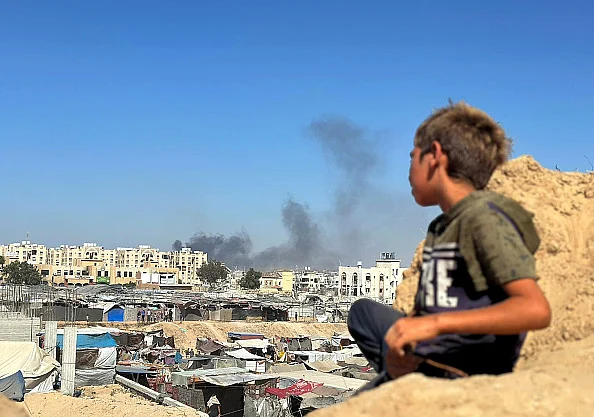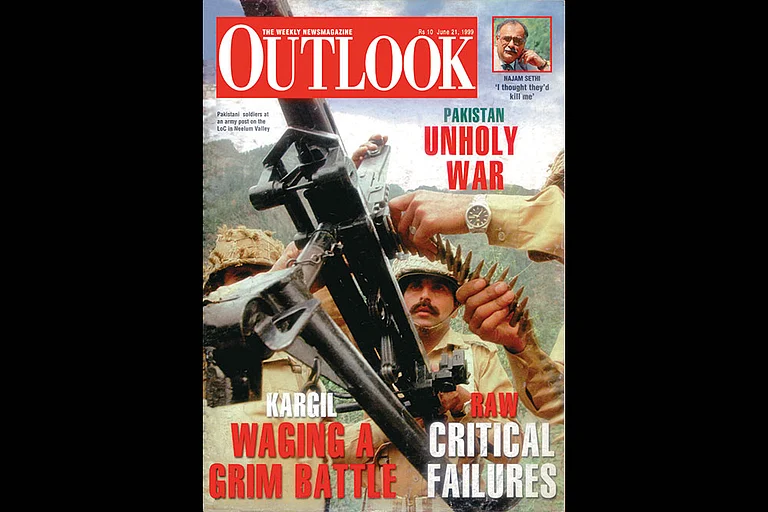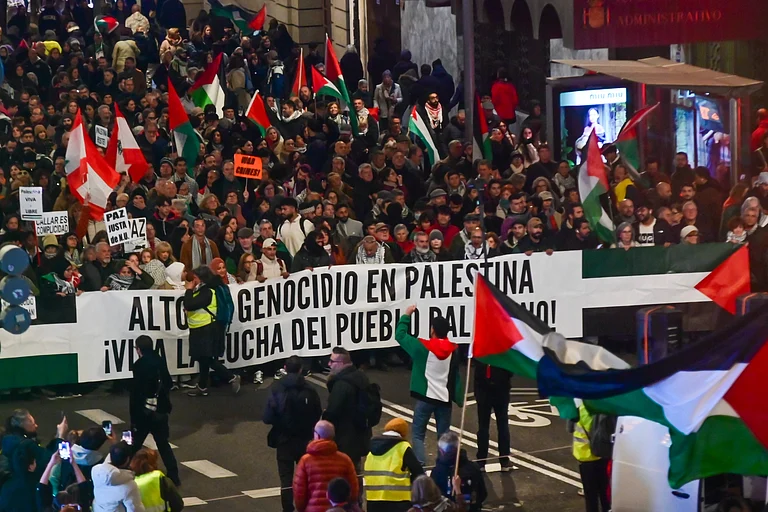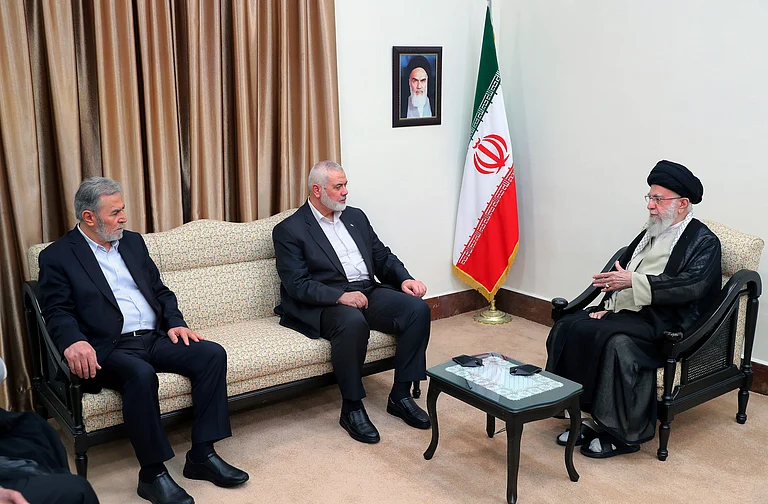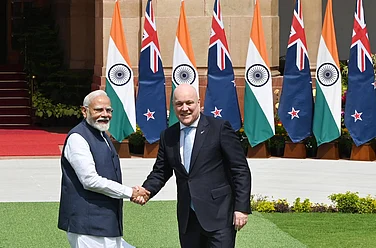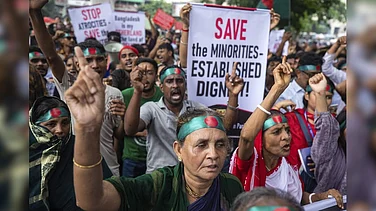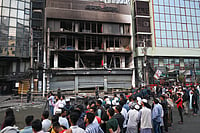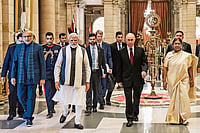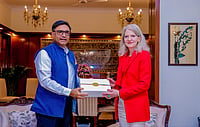I dreaded bumping into Rajani Thiranagama. She lived in Jaffna and was the head of Jaffna University’s anatomy department. The university was a stronghold of the Liberation Tigers of Tamil Eelam (LTTE) and spokespersons of the Tigers would often meet visiting journalists in the university complex. As a correspondent for The Times of India based in Colombo, I would often travel to Jaffna to report on how the fragile peace announced after the India-Sri Lanka accord was holding out. Each time our paths crossed Thiranagama would loudly berate me. She would vent her anger and frustration at India signing the agreement on me. I kept telling her I am a journalist and not a Government of India representative. But that did not deter her. Her voice was like shattered glass. She was a passionate supporter of the LTTE and its supremo V Prabhakaran. She considered the LTTE chief as a demigod and she defended his every move. Her sister was a LTTE woman cadet and had been arrested by the Sri Lankan authorities. It was through her sister that Thiranagama got close to the LTTE leadership.
Incidentally, the Jaffna University was also the place where India’s 10th para commandos and a unit of the Sikh Light Infantry were airdropped and gunned down like sitting ducks by the waiting LTTE fighters. Even ordinary people knew that the university had become the tactical headquarters of the LTTE. General Harkirat Singh, the commander of the Indian Peace Keeping Force (IPKF), was soon removed from his position for this hare-brained scheme. The killing of the poor commandoes was one of the saddest days for the IPKF campaign in the Jaffna peninsula.
Thiranagama has written a fine book called The Broken Palmyra, where she traces the origin of the ethnic conflict and speaks of the LTTE’S invaluable contribution to the Tamil cause. She was part of the Jaffna University union and often spoke against the violation of Tamil rights by both the Lankan soldiers as well as the IPKF. In her book she had criticised the LTTE for recruiting child soldiers. In 1989, soon after her book was published, she was shot dead by a LTTE gunman on a motorbike near her home. Her fault was writing about child soldiers.
This is the tragedy. The LTTE was fighting for freedom, for the liberation and Tamil rights, in short, for all the right values. Yet the culture of violence during armed conflicts and wars dehumanises all sides. No one had the gumption to stand up for Thiranagama in the Northern Province, where the LTTE writ ran and any deviation was dealt with a bullet. No one asked questions why a loyal supporter of the movement could be so brutally killed.
Whether it is a conflict situation or a full-scale war, no side is a winner. Both the victor and the vanquished suffer. The world knows it. Armies are aware of it. History has borne this out. Every day we get proof of it. And yet, we have hardly learned any lessons. Two major wars are on at the moment―in Europe and in West Asia―civil war continues to rage in neighbouring Myanmar; Sudan continues with its never-ending conflict; and, Ethiopia and Haiti are some in a long list.
Russia’s invasion of Ukraine, whatever the justification, has led to untold misery on both sides. Ukraine’s Volodymyr Zelenskyy is fighting for freedom and democracy as the US and its Western allies stand by his country’s side. But as John Horgan, journalist, scientist and the writer of The End to War, points out in a recent article that Zelenskyy declared martial law, took control of the media, banned political rivals soon after the Russian invasion. Able-bodied men between 18 and 60 years of age were prohibited from leaving the country. Some who refused to fight for religious reasons were imprisoned. “War makes a mockery of the goals for which it is ostensibly fought, like freedom,” Horgan notes in the article. According to some estimates, nearly 20,000 Ukrainian soldiers and roughly 42,000 civilians have died in the war. At the end of the war, what would freedom mean to those that are dead, asks Horgan. “You are not free when you’re dead.”
Vladimir Putin runs a dictatorship. His miscalculation on Ukraine has killed at least 50,000 Russian soldiers. The government has diverted scarce resources to fund a war that shows no signs of ending. How long can Moscow carry on is an open question.
Hamas is fighting for Palestine. The leaders knew the consequences of the October 7 attack on Israel. Nevertheless, they went ahead. Gaza is completely destroyed. Over 40,000 civilians have been killed, many of them women and children. There is no food, water or medical services. Life is a living hell. How could Hamas have brought so much misery on its own people? Did they believe Israel would not do what it is doing?
As for Israel―a country that has gone through unspeakable suffering with six million Jews killed by Hitler―how could the children of these people commit such atrocities? Benjamin Netanyahu wants to destroy Hamas; perhaps he can succeed in killing the current leadership. But for every fighter killed, 10 or 20 more will spring up to avenge the death of mothers, brothers, sisters and friends. What about the fate of the remaining hostages? The government, while paying lip service to them, has done little to help. Israel cannot buy peace without granting Palestinians their rights. But who can convince Netanyahu?
George W Bush’s insistence on regime change in Iraq and his lie about Saddam Hussein concealing weapons of mass destruction led to a civil war between the Sunnis and the Shias and death and destruction in its wake. It also gave rise to Abu Bakr al-Baghdadi’s ISIS, which became a deadly terror outfit that trigged terror strikes across Europe.
Afghanistan is often known as the graveyard of armies. The British Raj learnt it during the three wars it fought in Afghanistan. The mighty Russian army of the former Soviet Union returned home in tatters. Finally, the world’s only superpower, the US and its NATO allies, gave up on a never-ending war. The chaotic American withdrawal from Kabul will forever be a blot on Joe Biden’s record. Ordinary Afghan civilians left behind to face the Taliban were the worse suffers. Whether it is Vietnam, Iraq or Afghanistan, the justification for war is to bring ultimate peace. But at what cost?
The simple truth is that the path to peace is not through wars and bombs. “We can bomb the world to pieces, but we can’t bomb it into peace,” is the lyrics of a song composed by American singer Michael Franti.
Is freedom from war a pipe dream for people living in la-la land? Are human beings hardwired for war? After all, wars have been fought from the time nation states came into existence.
Exceptional leaders have shown the path. Mahatma Gandhi fought the British Empire at the height of its power without shedding a single drop of blood. It is another matter what happened after partition, but Gandhi is not to blame for this. America’s well-known civil rights leader, Martin Luther King Jr, did the same during his fight for racial justice. South Africa’s Nelson Mandela took a leaf out of Gandhi’s book of Ahimsa. He went a step further and established the Truth and Reconciliation Commission that acted as a catharsis for a society divided by hate. Non-violent protests and strikes in Poland and other former Soviet satellite states helped bring about the dissolution of the Soviet Union.
Anthropologist Brian Ferguson, writing in Scientific American, said there is no scientific proof that human beings have an inherent propensity to take up arms and collectively kill or go to war. In his article titled ‘War may not be in our Nature after all. Why we fight,’ Ferguson looked back at the historical roots of warfare to shed light on whether humans have always made war or if armed conflict has only emerged as changing social conditions provided the motivation and organisation to collectively kill.
“There is definitely controversy in the field when it comes to this question,” says Ferguson. “But it is the overall circumstances that we live in that, creates the impulse to go or not go to war.” He says individuals can fight and even kill for personal reason, but this is not war. He strongly refutes the argument that people are wired for war and violence.
Canadian historian Margaret MacMillan, while acknowledging that almost every ancient culture in the world―from Japan to Europe, Latin America, India, Arabia and Africa―have looked up to warriors and made them cult figures of/for hero worship, yet there are some rare exceptions to this general rule among several peaceful tribes. In ancient China, war was regarded as a breakdown of intelligence and negotiating skills and at best a “dirty necessity”―something not to be admired. Not that Communist China adheres to this belief today. But going back to ancient wisdom to solve issues makes so much more sense.
Horgan believes that the world needs to give time and attention to such views. “The crucial first step toward ending war is accepting that it is necessary. If we can agree on that, we’ll figure out the practical details. All of us, except war profiteers and wackos who get a kick out of killing, want to live in a world without war. Don’t we?” Horgan argued in a recent article.
But are we ready for freedom from war? Or have we collectively refused to acknowledge that there is another way to solve problems without destroying ourselves. My old friend, the late John Rettie, who worked with the BBC and The Guardian, often told a delightful story of a dour Yorkshire neighbour who believed, “The human race has outlived its usefulness.”







